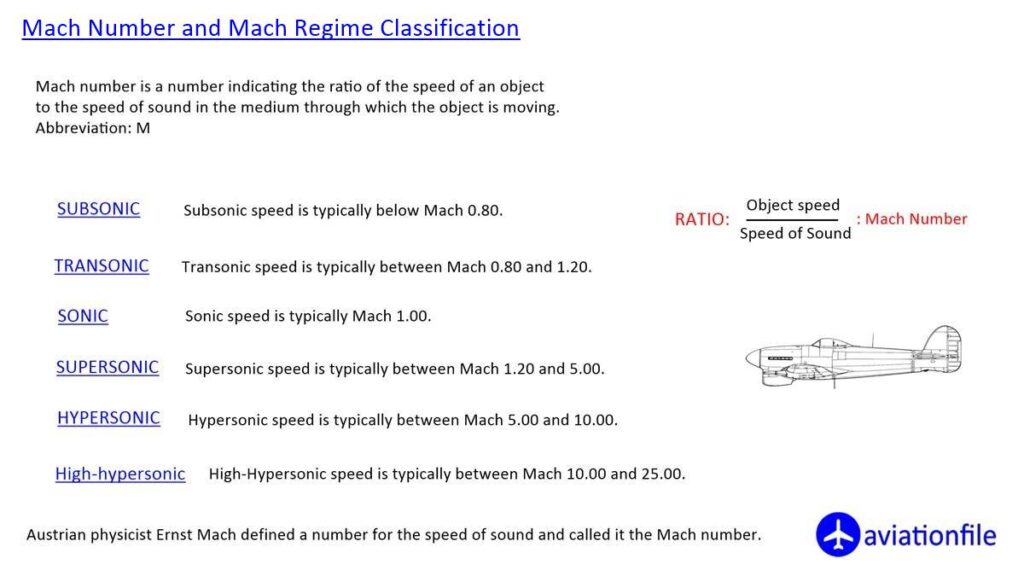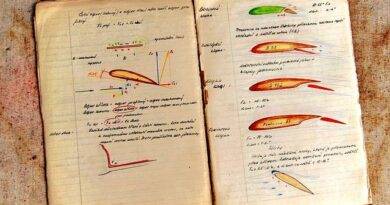Understanding Mach Number: Speed of Sound Explained
Mach number is a crucial concept in aviation and aerospace. It helps engineers and scientists measure an object’s speed relative to the speed of sound. Named after the physicist Ernst Mach, this number is essential for understanding how objects behave at various speeds. Let’s dive into what the Mach number means, why it matters, and how it’s used in aviation and other fields.
What is the Mach Number?
The Mach number is a ratio, showing how fast something moves compared to the speed of sound in the surrounding medium—usually air. It’s calculated by dividing the object’s speed by the speed of sound at a specific location. This calculation is essential because the speed of sound changes based on temperature and altitude.
Formula for Mach Number:

For instance:
- Mach 1: The object is moving at the speed of sound.
- Mach 2: The object is moving at twice the speed of sound.
Why Does the Mach Number Matter?
Understanding Mach numbers is critical in fields like aeronautics, astronautics, and military technology. It tells engineers how an aircraft or projectile will interact with the air at different speeds.
- Subsonic (Mach < 0,8): At speeds below Mach 0,8, the object travels slower than the speed of sound. This range is typical for commercial flights.
- Transonic (Mach ~ 1): Around Mach 1 (0,8-1,2), there are mixed speeds across the object, causing turbulence and shock waves. Aircraft experience a “drag rise” in this range, making flight less efficient.
- Supersonic (Mach 1,2-5): At speeds above Mach 1,2, objects experience rapid changes in pressure. Aircraft in this range require special designs to handle intense aerodynamic forces.
- Hypersonic (Mach > 5): Beyond Mach 5, objects encounter extreme heating and stress. This range is vital for space re-entry and advanced missile technology.

Calculating the Local Speed of Sound
The speed of sound isn’t constant; it changes with temperature and altitude. At sea level, sound travels around 343 m/s (1235 km/h or 767 mph). Higher up, the air is colder and thinner, lowering the speed of sound.

Where:
- γ (gamma) = specific heat ratio of air
- R = gas constant for air
- T = air temperature in Kelvin
In simpler terms, sound travels faster in warm air and slower in cold air.
Applications of Mach Number
The Mach number isn’t only important in aviation. It’s widely used in:
- Military applications: Designing fighter jets and missiles to operate in supersonic and hypersonic ranges.
- Space exploration: Spacecraft re-entering Earth’s atmosphere need materials and structures to withstand hypersonic speeds.
- Aerodynamic research: Engineers use Mach numbers to study airflow behavior, helping them design more efficient aircraft.
Key Takeaways
- Mach number: A ratio comparing an object’s speed to the local speed of sound.
- Varies with altitude and temperature: Sound speed changes in different atmospheric conditions.
- Categories: Subsonic, Transonic, Supersonic, Hypersonic.
- Broad applications: Critical in aviation, military, and space exploration.
By understanding Mach numbers, engineers and scientists can predict and optimize an object’s performance at high speeds, ensuring safety and efficiency in flight design. Whether for commercial jets, fighter planes, or spacecraft, the M number remains a foundational measure in aerospace science.
for more articles.


